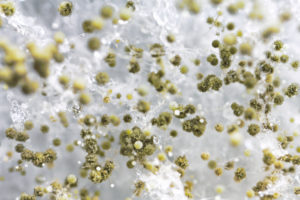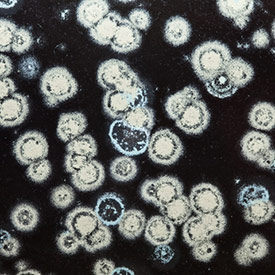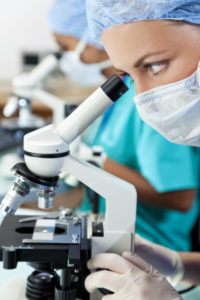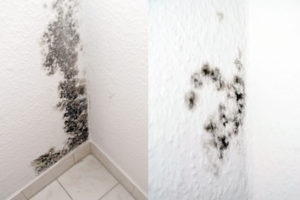NJ Parents Watch for Mold Exposure Symptoms in Children
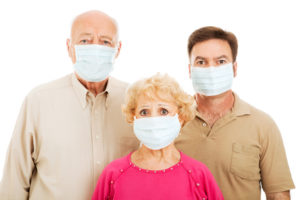
If You Have a Mold Allergy, It’s Better to be Safe than Sorry!
Black mold can be difficult to detect, since it can thrive inside walls and other hard-to-spot areas. However, this type of mold can cause a number of health problems, especially for children. Parents should watch for the following symptoms of black mold exposure in children and seek NJ mold treatment if needed.
Problems with the Respiratory System
Children who are exposed to black mold can experience problems with breathing and other signs of respiratory issues. These include a runny nose, coughing, sneezing, sore throat and itchy or irritated eyes. Children who have asthma might experience frequent attacks due to mold spores.
Skin Rash
Black mold exposure can irritate the skin. Children who touch black mold spores might have a rash or itchy skin. These symptoms don’t occur as often, since black mold usually grows in areas that children can’t reach.
A Wide Range of Symptoms
Parents should keep in mind that black mold affects children in different ways. Children in the same household can experience different symptoms after exposure to black mold. Some other symptoms to watch for in addition to skin and respiratory symptoms include headaches, nausea, memory problems and nosebleeds.
Hemorrhage
Hemorrhage that affects the lungs, known as idiopathic pulmonary hemorrhage, might be linked to black mold exposure in infants. However, researchers have not established a firm link between mold and this condition. More research is needed on this potential health issue.
If you have a mold problem in your home, it’s important to get help as soon as possible. Contact Stern Mold to learn more about our NJ mold treatment. We offer safe and reliable mold remediation services.

